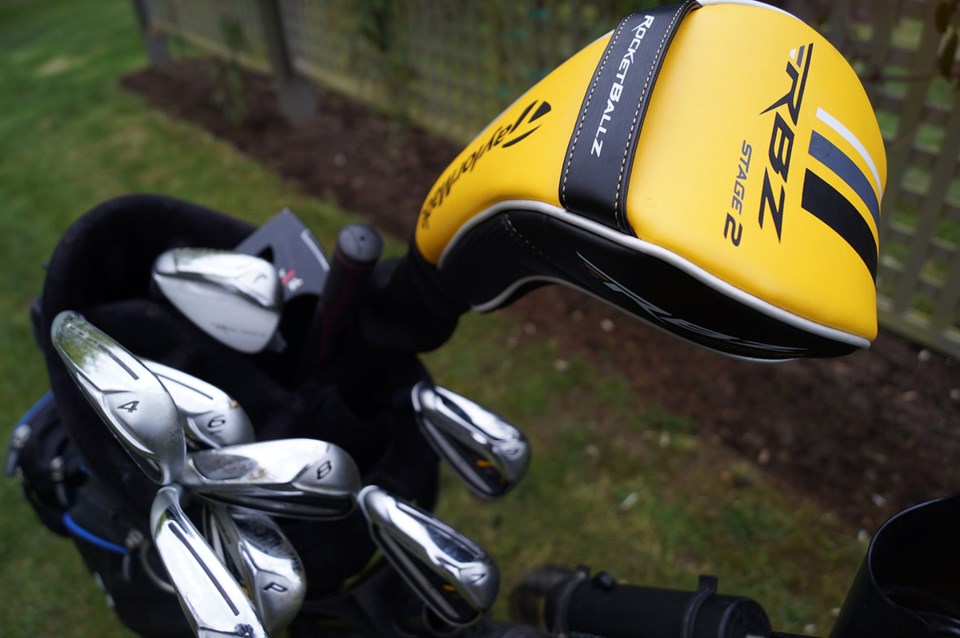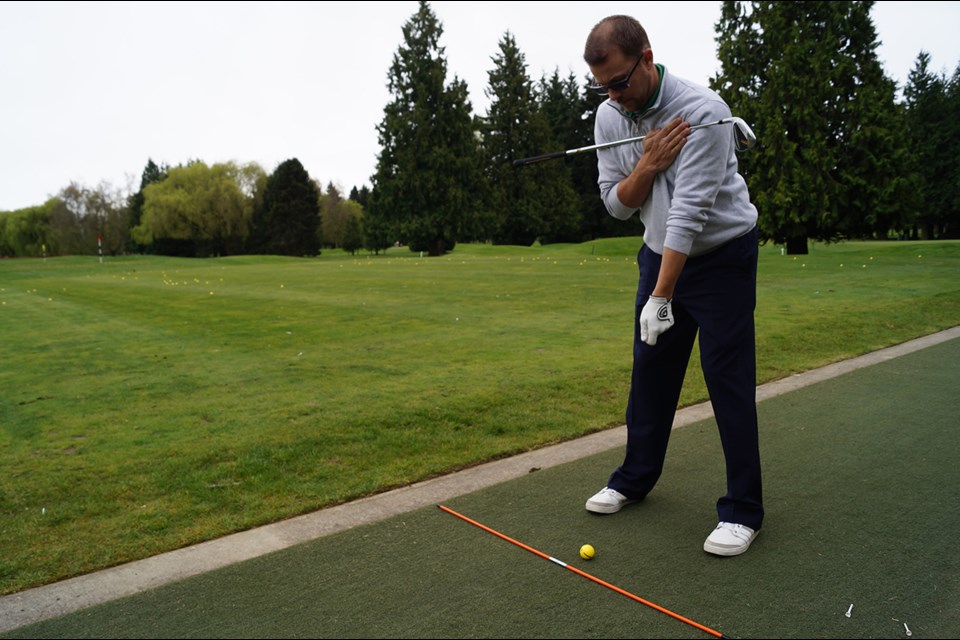The Richmond Country Club was buzzing this weekend.
Maybe it was my presence. Maybe it was Jordan Spieth ushering in a new era of golf, over the television inside the clubhouse, with a record-tying Masters performance at Augusta.
Either, or.
On Friday, head instructor Mark Strong and I set out on our first official lesson of the spring after my resounding 119 the week before (Eleven shots better than Spieth’s combined score after Day Two).
The first thing to do was grab a bucket of balls and head to the range.
Here, Strong laid down some basic principles of how golf should be understood, starting with assessing your ball’s flight path.
Strong explained there are nine general trajectories for your shot and they largely depend on three factors: club head position, club shaft direction and the body’s movements.
But before considering all that, Strong reminded me that a proper setup is a fundamental prerequisite of every shot before one can begin to assess the above factors that can either lead the ball to the pin, or into the woods and drink.
“People change their swings without putting any blame on their setup. I never want to blame a students’ swing when their setup is at fault,” explained Strong.
Essentially, a golfer’s feet and body must line up ninety degrees to the imaginary line to the flag, so the club head will face the flag.
“I’m a big believer in understanding your target and perceiving it at all times,” said Strong.
Here’s a trick from Strong: Using a poll, face the flag.
Then, line up the pole on the ground, straight toward the flag. This is your benchmark.
Now, remove the poll and try and do the same thing after you take your stance, as your body is pointed away from the pin.
Strong says 95 per cent of the time golfers are likely to set the poll down pointing slightly away from the flag.
The point is to take your time in assessing your setup; if your body is not pointed in the right direction, your shot will not hit the target, no matter how well you execute your swing.
So, before each shot, stand behind the ball and assess the direction in which you need to shoot because even a slight miscalculation can put the ball in a nearby bunker.
So, I took a few swings.
“You’re full of (bad) examples. This is great,” said Strong.
Yes, great.
Strong says because the three aforementioned factors determine the ball’s trajectory, it’s important to understand what factor, or factors, is making the ball move in a certain way.
Rome wasn’t built in a day, nor is your golf game. This takes time.
But start at contact.
“Hitting the ball at the centre of the face is the priority,” notes Strong.
Furthermore, assess where the club is hitting the ground. It should hit just under the ball, possibly leaving a divot after.

After some productive swings Strong concluded the lesson with tips on equipment.
If you’re going to invest in a set of clubs, costing hundreds, if not thousands, of dollars, it’s important to get custom fitted.
Everyone is shaped differently, which means your golf clubs should be as well, said Strong.
Also, find the holes in your arsenal and fill them.
For instance, I was missing a three and five wood and thus was lacking a club to get the ball 180-220 yards down the fairway.
Also, I had been using a 50-degree wedge instead of a sand wedge.
As we progress we’ll discuss hybrid clubs and when to use them.
Until then, happy golfing.
Strong’s Top 5 Golf Accessories:
1. Laser pin finder
2. Ball marker
3. Divot replacer
4. Biodegradable plastic tees
5. Towel



